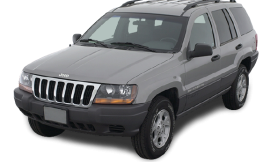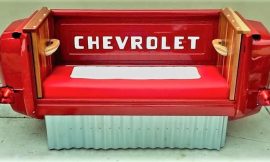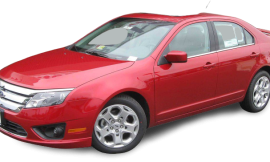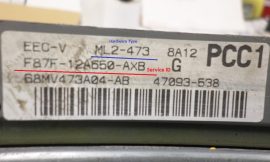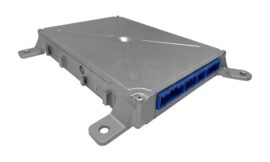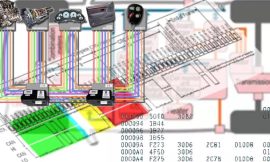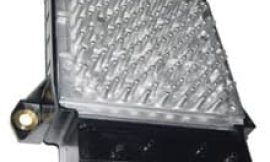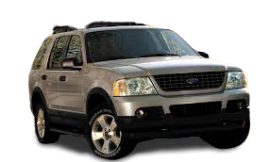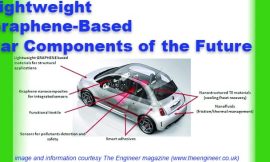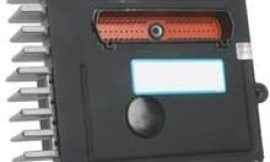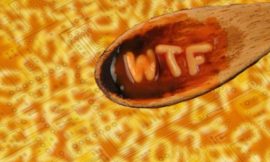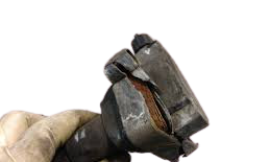The 2008 Jeep Wrangler is an American vehicle in its own class. It is an off-road convertible built to handle an on-road ride as well. All 2008 Jeep Wranglers are fitted with standard safety equipment and a V-6 engine, making the Wrangler X cheaper among the make. For off-roaders, the Jeep Wrangler Rubicon is the best choice there is.
The Wrangler has a two and four-door form, a choice of soft or hardtop, and rear or four-wheel drive. Jeep Wrangler’s engine has a 3.8L 202-horsepower V-6 sole engine, and a six-speed manual or four-speed automatic transmission automotive computer . The V-6 engine has either a six-speed manual or four-speed automatic transmission. The manual transmission on the rear drive has a gas mileage of about 16/21 mpg, which is slightly on the higher side but suitable for the Wrangler models. Previous engines of the Jeep’s releases could not compare to this engine though it is noisier than a standard SUV.
Like any other vehicle, the 2008 Jeep Wrangler PCM experiences electrical problems with its Powertrain Control Module (PCM), which is the engine computer system that handles the transmission, engine and driveline parts of the vehicle. While some of these electrical problems are common with jeeps just need an in-house tweak here and there, others require careful diagnosis to avoid making irreparable damage.
Below are some of the most common problems that a 2008 Jeep Wrangler PCM might experience:
The Check Engine light is on
When “Check Engine” light turn on, it means there is an issue with the engine computer . Causes for this could point to a bad Mass Airflow Sensor (MAF), a faulty catalytic convertor, worn-our spark plugs or faulty O2 sensors. Other less serious causes could be a vacuum leak, a loose gas cap or low battery. The code displayed on the sensor will most likely point out the area of concern that needs to be addressed.
Failed Self Diagnostic Cycle
When you turn on the ignition key of a wrangler, the control modules does a self-diagnostic test cycle. If the cycle is not successful, the “Check Engine” light will come on. Normally, the error code displayed will notify you of the specific area of the diagnostic failed and this will guide you in figuring out the next cause of action to take in order to fix it. However, the “Check Engine” light may come on for other problems which are not PCM- related.
The engine throttles or sputters while running
An engine will misfire when the air-to-fuel ratio in a cylinder fails to ignite or it ignites haphazardly. It will start to vibrate or sputter thus losing its power. Worn-out spark plugs, coil packs, internal engine failure or faulty fuel system are other causes of an engine misfire and they will most likely affect the drivability of the Wrangler.
Poor performance
The PCM controls the air-to-fuel ratio and the engine timing. If there is any imbalance in the ratio, either too much fuel or too much air, the mixture will be too rich or too lean. This imbalance will lead to loss of fuel economy.
A damaged circuit board
The circuit board can experience corrosion, loose connections or shorts which will affect the PCM electrical system. The job of repairing a PCM should not be attempted by anyone who has no experience in fixing a printed circuit board. It entails checking out the module faults, calibrating the codes to get the correct readings, and carrying out internal and external inspections.
Failure to start
If the engine fails to start even after several tries, it can point to a bad powertrain control module failing to send the correct input to the vehicle’s engine. If the PCM is faulty to an extent of failing to adjust the engine timing, the Jeep may not start at all. This is not the same as having a fried alternator or defective starter though. If there are working properly then PCM is to blame for the failure to start. Other plausible causes for this could be a faulty fuel pump or fuse.
Environmental Factors
Adverse weather conditions such as thermal stress, corrosion, or vibrations can cause problems to the PCM due to its sophisticated nature. Water or mud can also lead to faulty PCM when the jeep wrangler 3.8l is driven off-road

Voltage Overload
If the engine is shocked or experiences a short in the power supply/wiring, the jolt that follows may stall the Wrangler. An electricity overload will fry the Vehicle’s PCM. The cause of this problem is either the solenoid or actuator circuit.
Low battery
Low battery voltage is another cause of wranglers ecm PCM failure. This happens if the battery has shorted out and the contacts are loose. Jeep’s PCM’s typical problem is weak soldering on the 5-volt power connection. Reflowing the solder handles this problem, which is usually among the last resort to fixing the PCM problem.
Faulty 2005 Jeep Wrangler PCM
A PCM manufacturer may release a faulty product to the market and in such cases, the only remedy is to recall the product for reprogramming. This will not come at any extra charge because the warranty covers it.
Other causes of a bad PCM in a 2008 Jeep Wrangler are:
- Faulty sensors are more noticeable
- Transmission issues
- Random error codes showing
- Poor shifting
- Loss of fuel
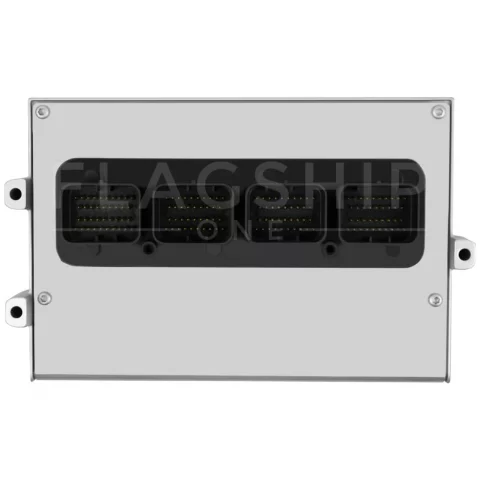
Conclusion
If you face problems with your 2008 Jeep Wrangler, it is advisable to get in touch with professional dealers and mechanics to avoid any more damage trying to fix it. To ensure that no issue is overlooked, especially one displayed on the code scanner, it is recommended to carry out a diagnostic procedure based on the error code on the reading. Most repair shops offer a lifetime warranty with the repairs.
Flagship Ones sells all Jeep Wrangler PCMs, ECMs, and ECUs to suit your specific make and models. We also offer 2008 Jeep Wrangler PCM Repair The control units are OEM. The plug-and-play units do not require additional reprogramming and lifetime warranty which means no extra cost. Go through the remanufactured Jeep PCM repair guide on the site before embarking on any repairs.
FAQs About the 2008 Jeep Wrangler PCM
The following signs indicate a faulty PCM:
• “Check Engine” light is on
• The Traction control light and ABS light is one
• Loss of fuel economy for unexplained reasons
• The vehicle fails to start even after several attempts or starts then stops
• The vehicle stutters when idle
Check that the battery voltage is connected to the PCM at pin connectors 2 and 22 on the black connector. (The orange and the red/yellow wires)
Check that the two ground wires are reading 0 resistance, which means the continuity to the ground is good. (The black/tan wires at Pin 31 and Pin 32 on the black connector)
Test the 5v reference voltage from the PCM at Pin 17 (Orange wire) from the black connector and Pin 31 (orange/violet wire) from the white connector.
If nothing is coming out from the two reference leads, but the power input leads are good, the PCM is damaged.
Note that one PCM component, such as a driver transistor, could be faulty, and the engine stalls, but the PCM in itself would still be functional.
Discharge the powertrain control module capacitors by removing the positive battery terminal and touching it to the ground for at least 30 seconds. This will reset the Adaptive memory.
Reconnect the battery cable
Turn the ignition to the “On” position. Do not start the engine.
Switch on the headlights
Switch off the headlights
Turn off the ignition key.
• Corrosion caused by water or mud
• Dead battery
• Low or high voltage
• Bad starter
• Wrong jumpstarting
• Incompatible PCM





